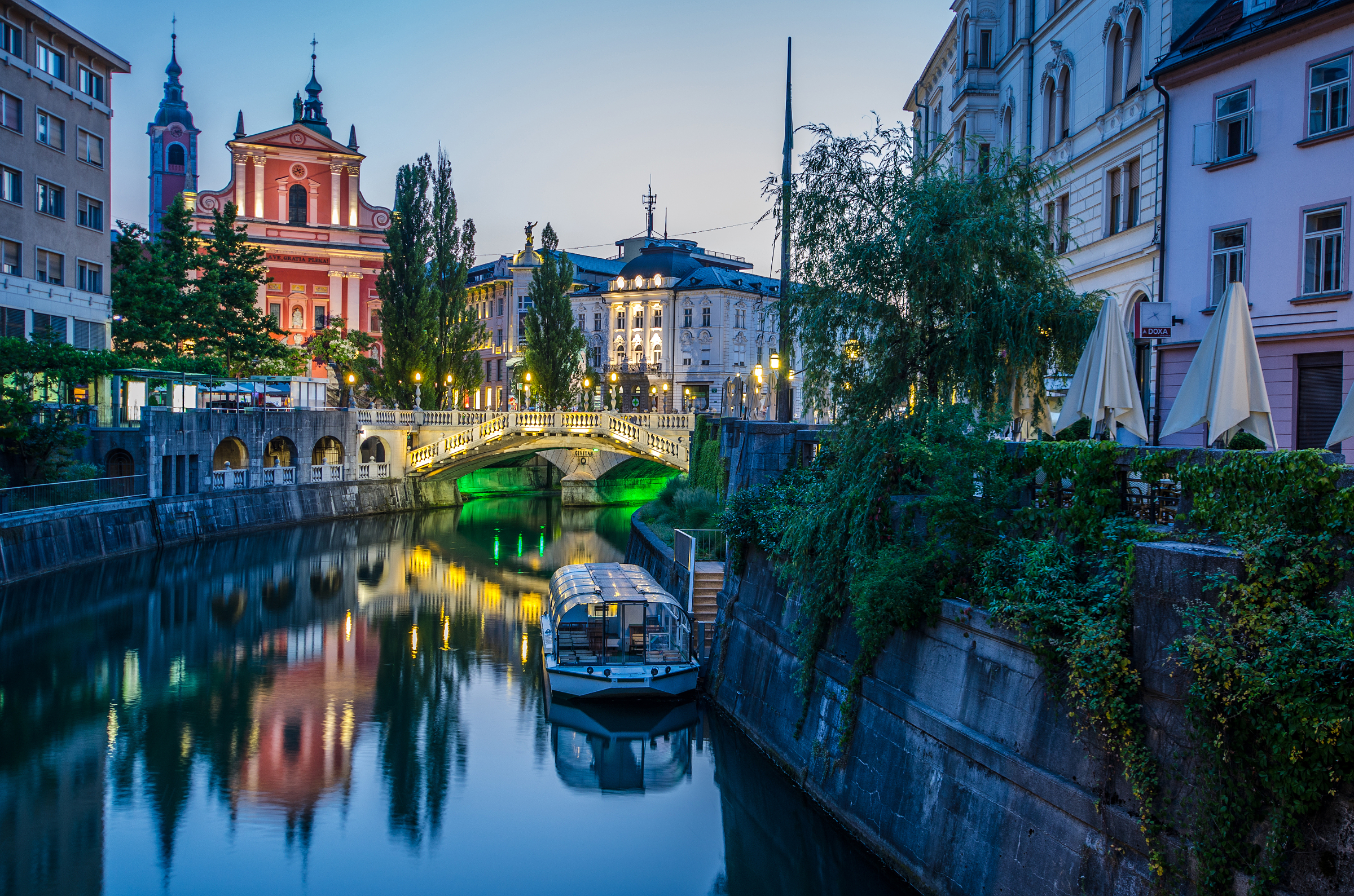Europe’s Hidden Gems: 6 Gorgeous Cities You’ve Never Heard Of
Paris, London, Rome...these European capitals are classics for a reason: they’re beautiful, culturally and historically rich, fast-paced, and nearly impossible to grow bored of. That said, they’re far from being the only cities in Europe worth visiting.
In fact, many of Europe’s most charming and captivating destinations have likely been hiding under your nose all this time! You may have never heard of these 7 European cities before (or if you have, you may not know much about them) but after scrolling through this list, we have a feeling you’ll be adding each of these hidden gems to your bucket list.
1. Odense, Denmark
Plenty of European towns will make you wonder if you’ve stumbled into a real-life fairytale setting, but only one can claim to be the birthplace of the father of fairytales himself: Odense.
Author Hans Christian Andersen (best remembered for works like The Little Mermaid, Thumbelina, and The Princess and the Pea) was born in this cozy Danish city, named for the the Norse god of war, poetry and wisdom.
Excellent museums, intimate cafes, seasonal farmers markets, and colorful little homes are just a few more reasons to fall in love with this historic town.
2. Ljubljana, Slovenia
Nestled along the leafy green banks of the Ljubljanica River sits Slovenia’s charming capital city: the gorgeous and highly underrated Ljubljana (pronounced lyoob-LY-AH-nah).
Historic, lively, and quaint, Ljubljana is one of those places that instantly draws you into its rich culture and rhythms of daily life. Stroll through colorful well-preserved streets, sip wine or coffee al fresco by the river, and marvel at the abundant green spaces; it won’t take long for you to become enchanted by lovely Ljubljana.
3. Brasov, Romania
A stunning town square, medieval Saxon walls and fortresses, a vibrant cafe culture, and...Dracula’s castle? Welcome to Brasov!
Surrounded by the stunning Carpathian Mountains, Brasov is a beautiful and captivating city in Romania’s Transylvania region. Its Old World charm is abundant, especially near the cobbled market square Piaţa Sfatului.
And don’t miss nearby Bran Castle, which is said to have inspired Bram Stoker's Dracula.
4. Trogir, Croatia
You’ve heard of Dubrovnik and Split, but there are numerous smaller, lesser-known towns dotting Croatia’s Dalmatian Coast that are just waiting to be explored. Among the most beautiful is Trogir, situated on a small island and connected to the mainland by a footbridge.
There are no motorized vehicles in Trogir’s old town, which adds to the mystique and charm of the winding marble alleys and streets. The city’s heart and soul is the promenade (pictured at the beginning of this article), which offers lively open-air bars and restaurants, luxury yachts bobbing in the harbor, and sweeping views of of surrounding hills and mountains.
5. PoznAN, Poland
Steeped in both vibrant history and color, Poznań is one of Poland’s most culturally significant cities. The Old Town is abuzz with activity at all hours of the day and night, thanks to its thriving gastronomy and nightlife scenes.
The colorful Renaissance-style buildings in the old market square are among the most beautiful and eye-catching in all of Europe, while the city’s Gothic cathedrals are hauntingly beautiful. Keep an eye on the town hall’s clock, which features mechanical goats that butt heads at noon each day.
6. Dinant, Belgium
Just an hour’s drive from the capital city of Brussels is one of Belgium’s most romantic and enchanting hidden gems: Dinant. Nestled along the pretty Meuse River and backed by dramatic cliffs, Dinant is picturesque, walkable, and slightly quirky.
While the city’s biggest claims to fame is that it’s the birthplace of saxophone inventor Adolphe Sax, most visitors come simply for the breathtaking views and gorgeous Gothic architecture. Be sure to soak in the views from the river itself by embarking on a cruise down the Meuse.







